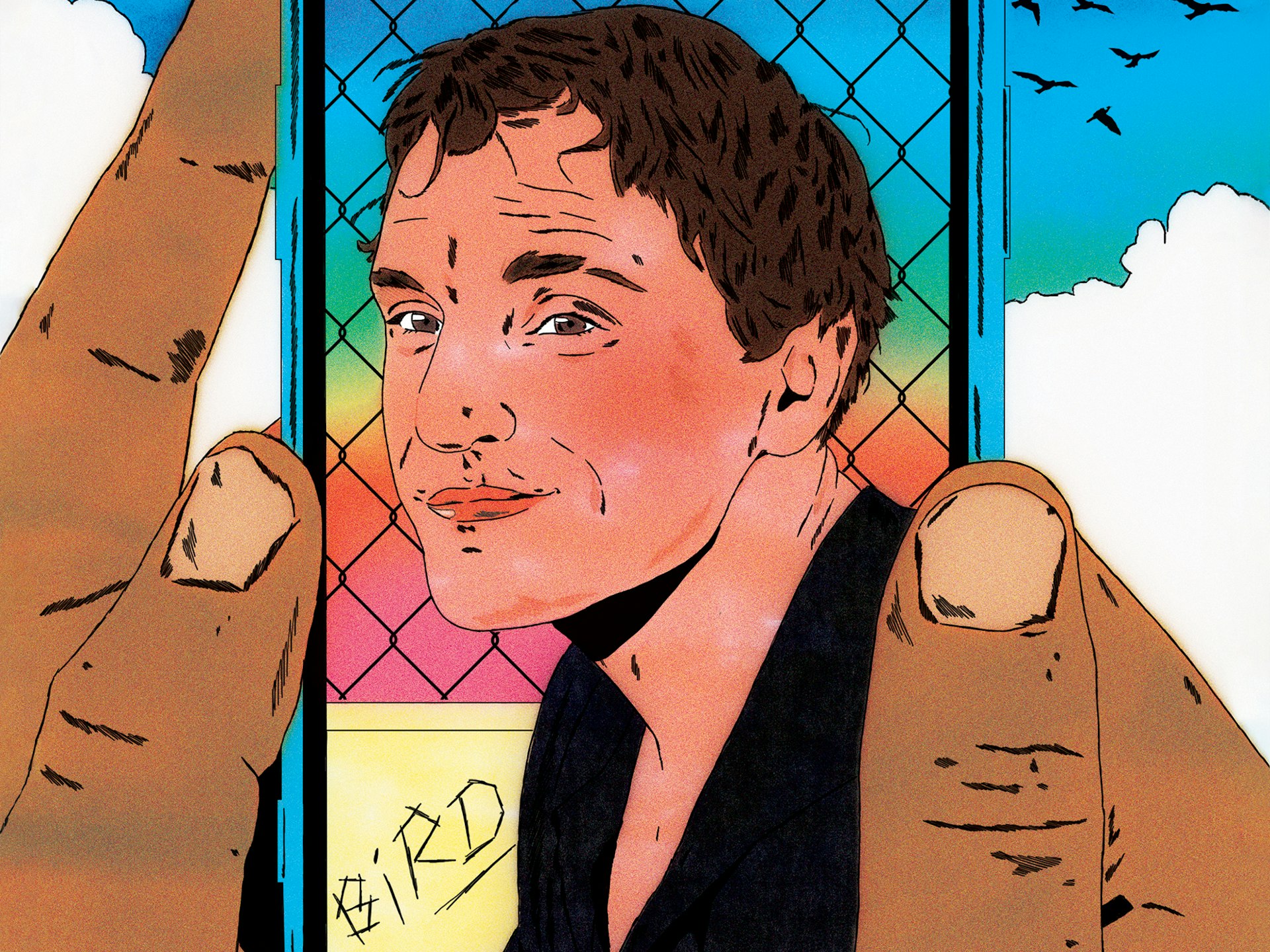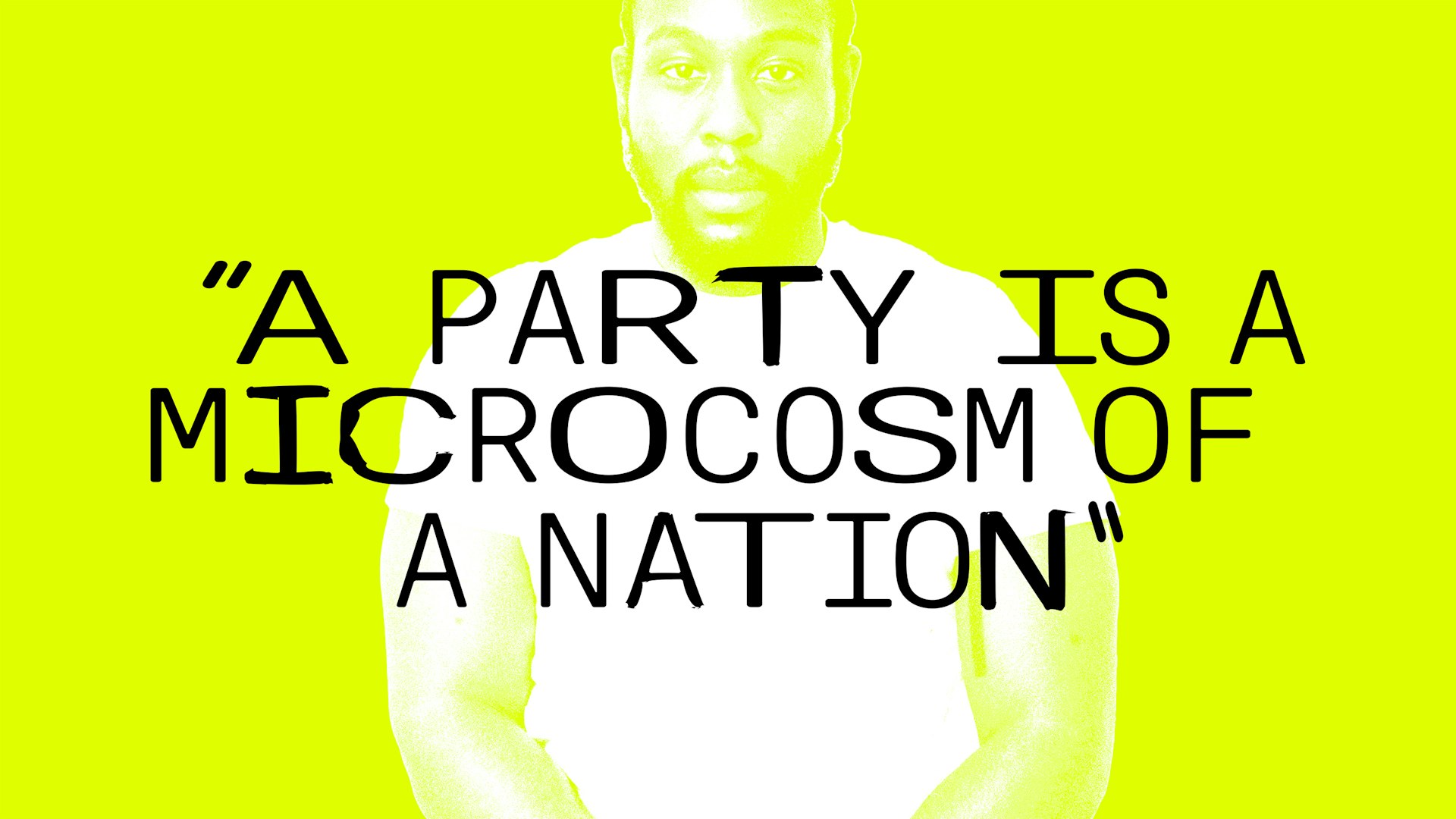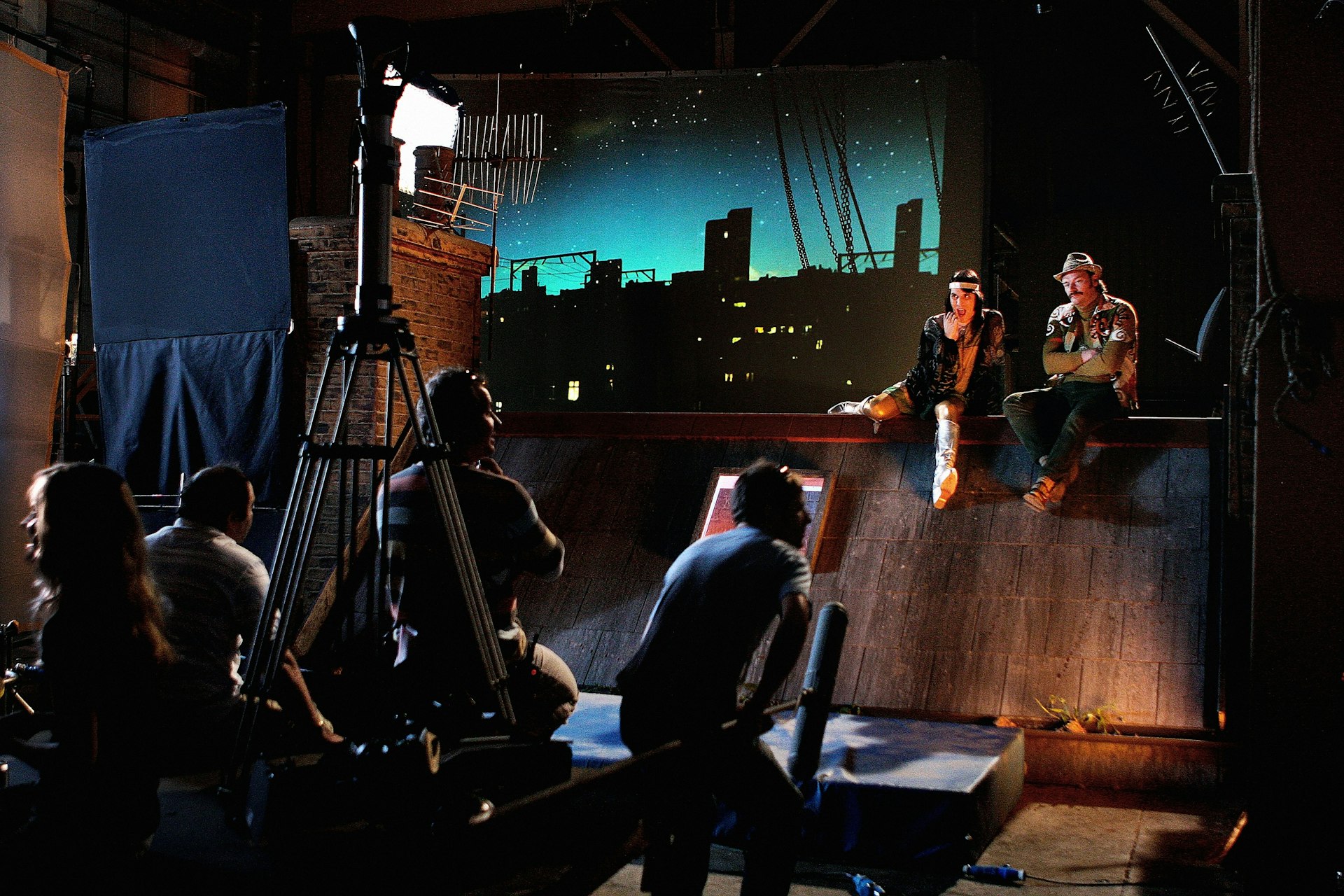Intimate portraits of Russia during the Cold War
- Text by Miss Rosen
- Photography by Nathan Farb

In June 1977, during the height of the Cold War, American photographer Nathan Farb travelled to the city of Novosibirisk, Siberia, the third-largest city in Russia nestled deep in the South. Farb was travelling as part of Photography USA, part of the United States Information Agency, established as a cultural exchange program under President Carter’s administration.
Farb brought a four x five Polaroid camera and loads of film to create black and white portraits of visitors throughout the six-week exhibition. “There were as many as five or ten thousand people a day who came to the show,” he remembers. “Everybody wanted to be photographed because they were going to be able to take home a portrait. I could only do 30 or 40 a day as I wanted it to be very precise, like a gold wire that connects one point to another with the least resistance.”

Woman Laughing, with Steel Teeth, 1977
While his subjects left with a print, Farb kept the negatives for himself, sending them back to the United States in a diplomatic pouch. Upon his return, Farb began publishing the photographs in The New York Times Magazine and in publications around Western Europe, before eventually being compiled in a monograph. The works, which were first exhibited in 1979 at the Midtown Y Gallery, New York, are once again on view in The Russians at The Wende Museum of the Cold War in Culver City, California, now through April 29, 2018.
Farb first got the idea while doing photo buttons on the streets of New York. “There was really something special when you were doing the portraits for the people and not for yourself as a journalist or an artist,” he explains. “I never studied photography; I went to graduate school in psychology. There is something about being fascinated by human character and motivation. We are endlessly complicated.”

Politicians and the Party Chiefs, 1977
Farb notes that he was never one to exalt celebrity and preferred to use his talent for portraiture by looking at everyday men and women. In casting for The Russians, he chose people from all walks of life, showing the universal nature of humanity exists independent of time and place.
“Communism always presented itself as a classless society but I could immediately see that people separated themselves into different types and cultural groups,” Farb observes. “What I was really trying to do was a portrait of the society through individual portraits. The more you see of them, the more you get a grasp of what that society was like. There are certain things we have in common as human beings. My experience with people everywhere seems to bear that out in some way.”

Woman with Scandinavian Features, 1977

Scientist and sons

Twins with cowboy hats

Steel worker

Russians waiting to be photographed

Boy with Trench Coat and Sunglasses, 1977

Young man with Scandinavian features, 1977

Mother and Daughter, 1977
The Russians is running at The Wende Museum of the Cold War until April 29, 2018.
Follow Miss Rosen on Twitter.
Enjoyed this article? Like Huck on Facebook or follow us on Twitter.
Latest on Huck

In photos: a perilous portrait of America spiralling into fascism
Photographer Debi Cornwall’s ‘Model Citizens’ is an unnerving exposé of the banality of evil that hides in plain sight.
Written by: Miss Rosen

Exploring the antifascist history of Cape Verde’s Tarrafal concentration camp
A new photobook magnifies the stories of people who had spent time imprisoned in the camp and those who helped them.
Written by: Isaac Muk

Three decades behind the scenes of the music industry
Eddie Otchere’s ‘Spirit Behind the Lens’ is a story of music and culture that crosses and transcends borders.
Written by: Isaac Muk

Barry Keoghan, Franz Rogowski and Andrea Arnold on ‘Bird’
The new issue of Little White Lies brings Andrea Arnold’s sixth feature to life with a thematic voyage down the Thames estuary.
Written by: Maisy Hunter

“A party is a microcosm of a nation”: Caleb Femi on the decline of the house party
To celebrate the publication of his new collection of poems, ‘The Wickedest’, Isaac Muk caught up with Femi to talk more about the work, the future of the shoobs, and discuss why having it large on a Saturday night should be cherished.
Written by: Isaac Muk

Celebrating 20 years of The Mighty Boosh
A new exhibition takes a look behind the scenes of the iconic show two decades after its BBC3 premiere.
Written by: Isaac Muk